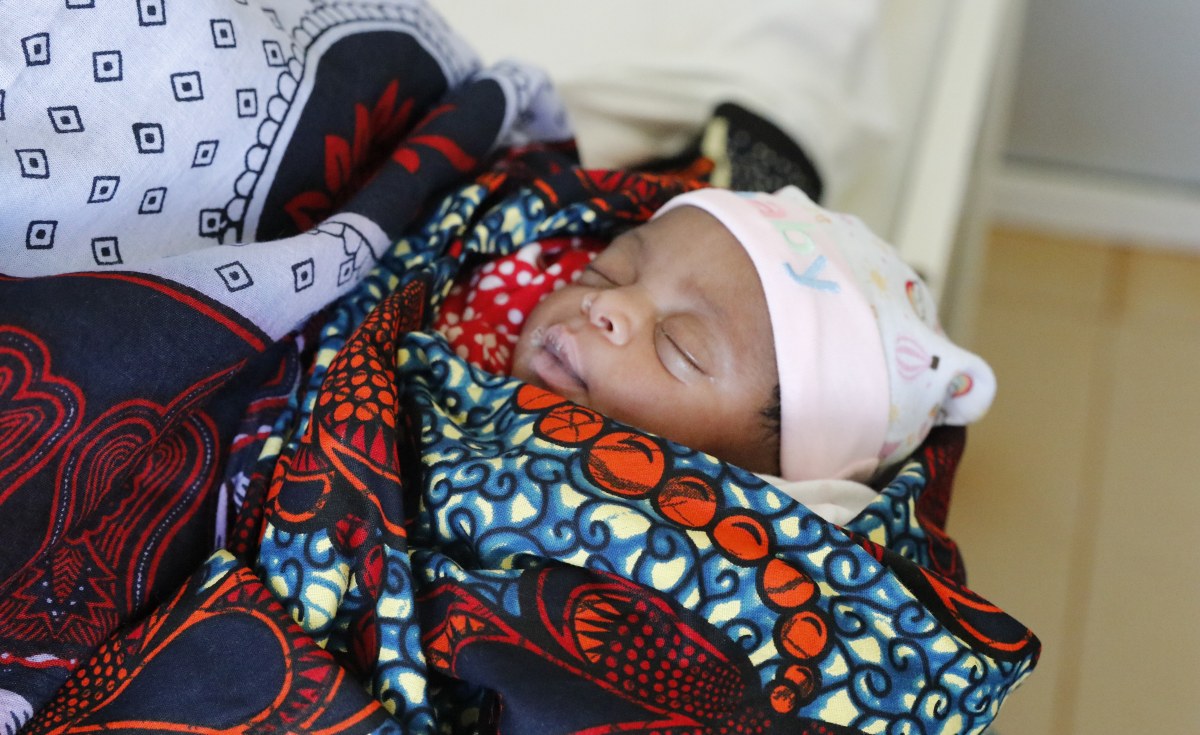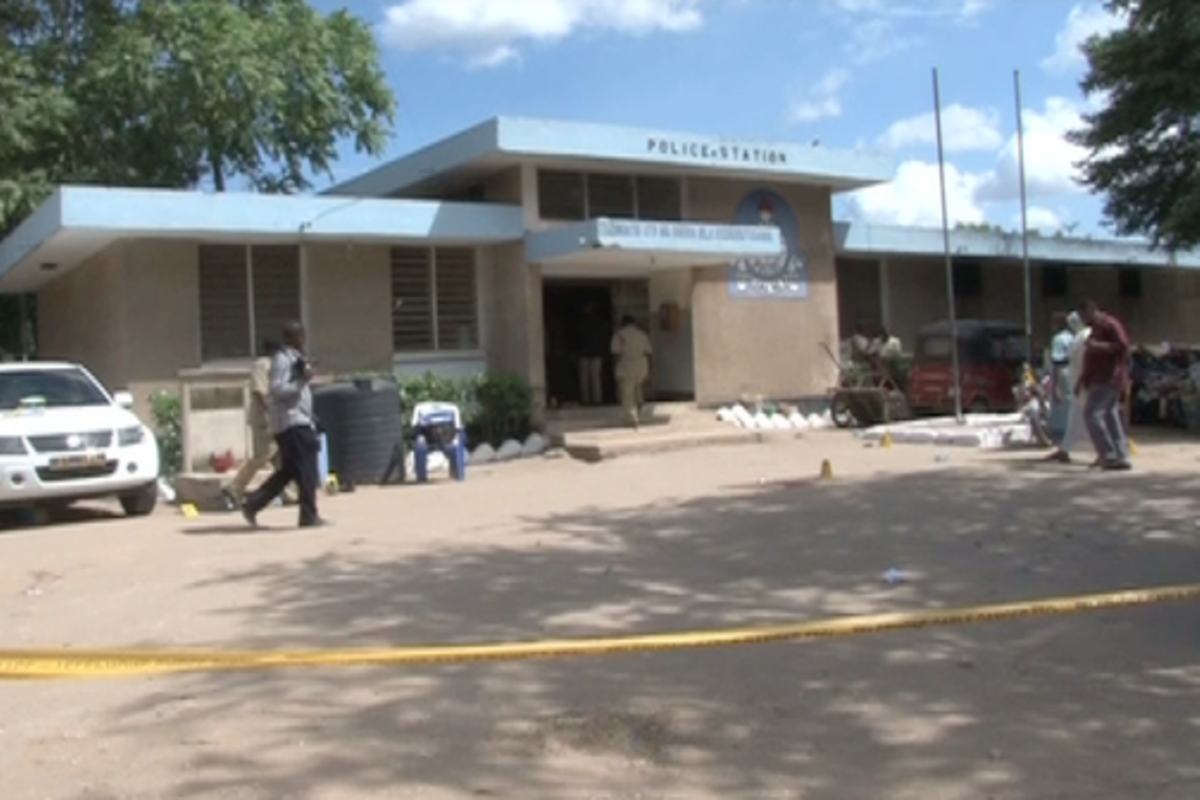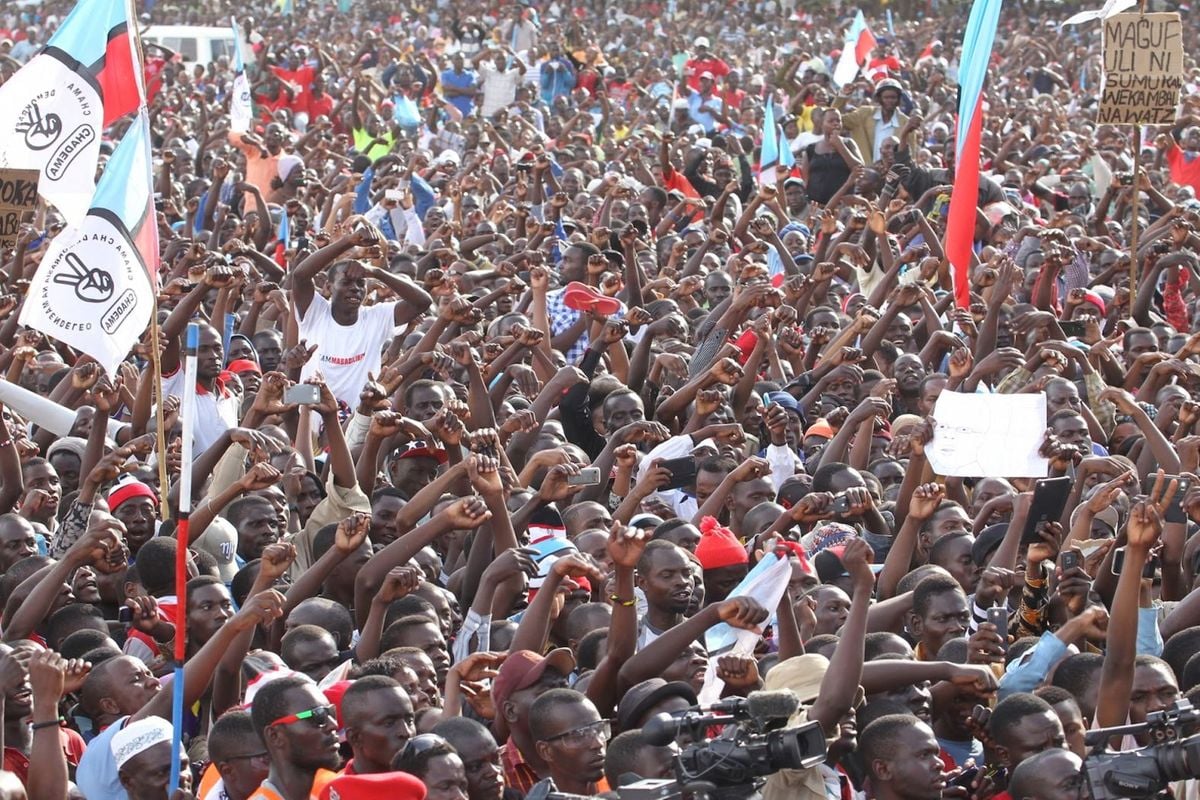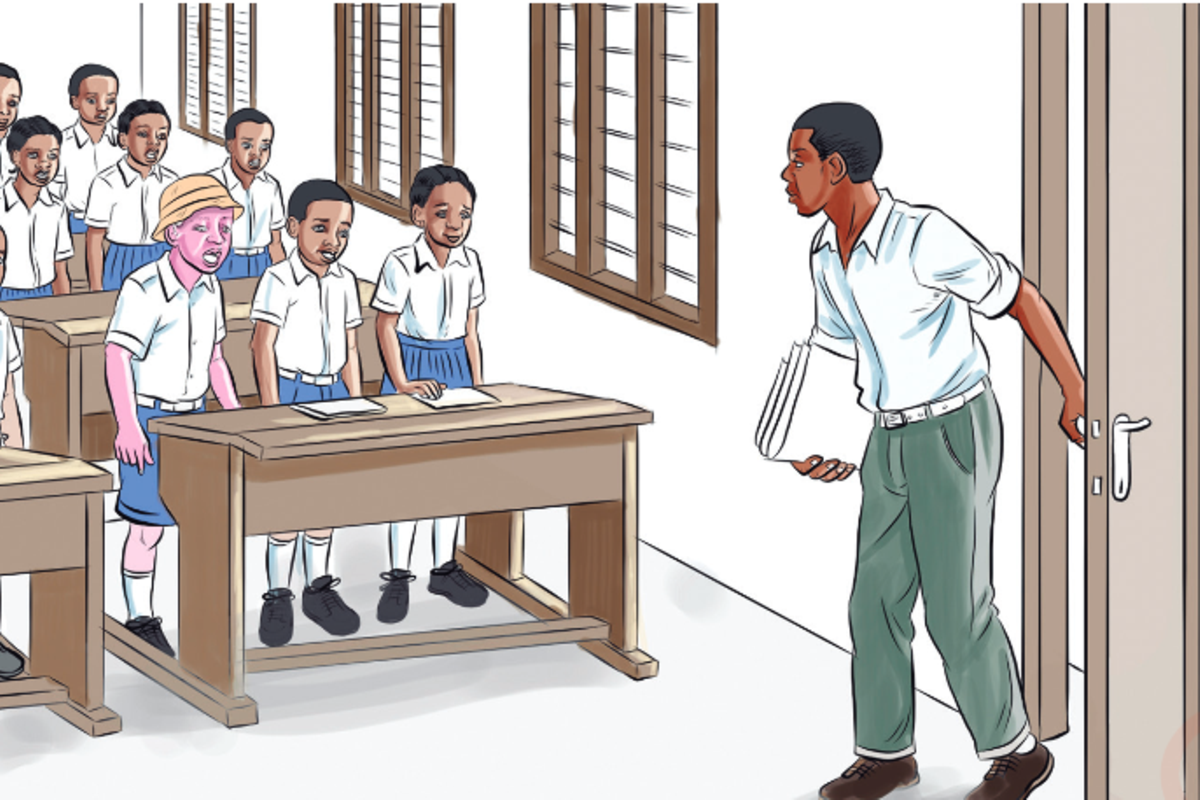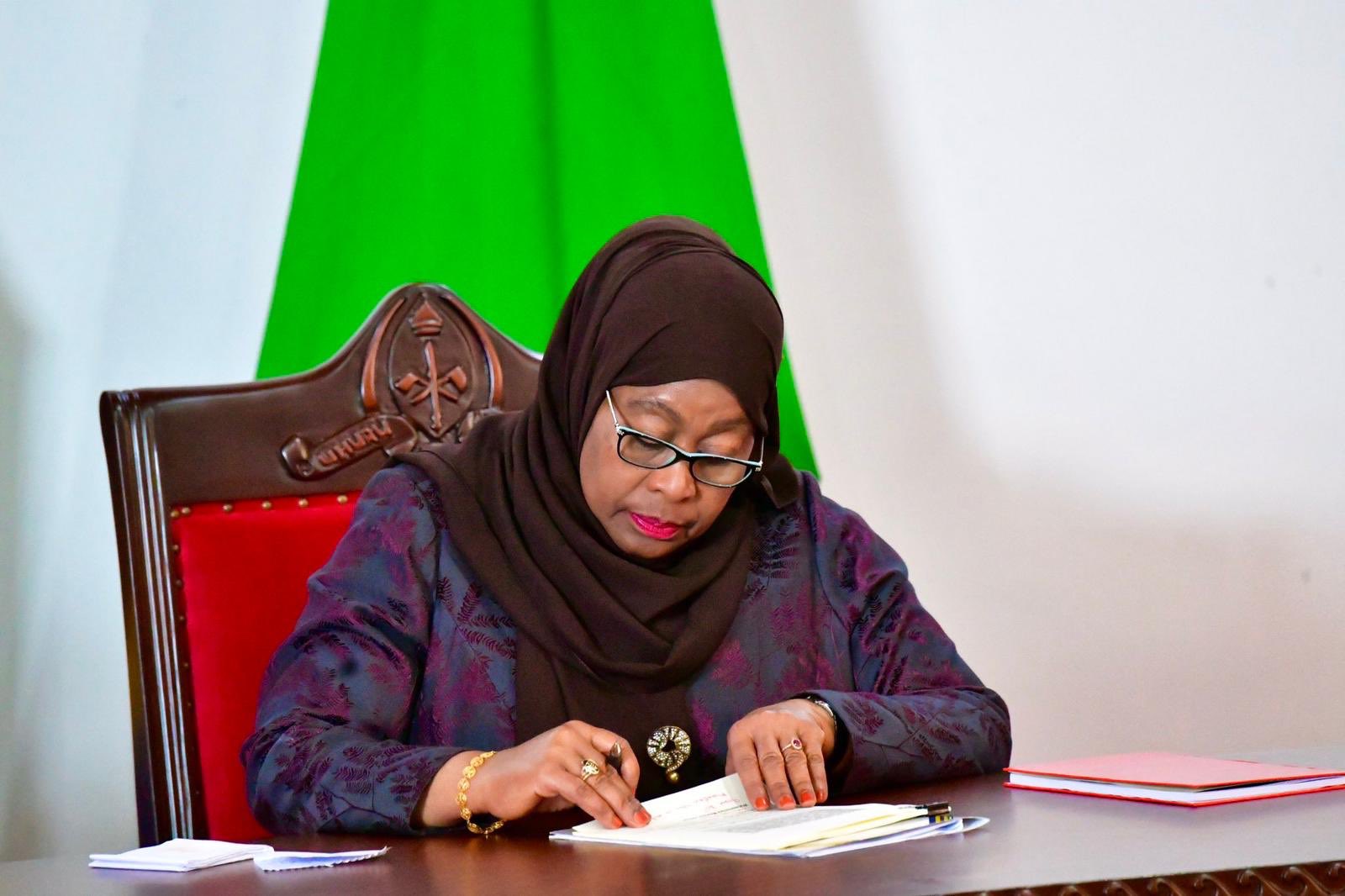Tanzania: Pemba’s Woman Salt Farmers Forge Livelihoods Amid Climate Woes
For female artisanal salt farmers in Pemba, salt production is both their livelihood and their struggle. In this deeply patriarchal Muslim community, the gleaming piles of white salt represent survival–a craft demanding patience, precision and grit. However, rising sea levels put their enterprise at risk.
As the cool morning breeze sweeps across the Indian Ocean beach in Tanzania’s Pemba archipelago, Salma Mahmoud Ali begins her day. With her brightly coloured Kikoi cinched tightly around her waist and a dark blue scarf framing her face, she walks barefoot toward her salt ponds. The humid air hangs, but Ali wades through ankle-deep water with courage.
Armed with a shovel, rake and pick, she methodically drags sparkling crystals under the rising sun. Each stroke pulls salt from the brine–a hard process born of necessity.
“It’s a tough job,” says Ali, a 31-year-old mother of three. “The heat is too much–no matter how much water you drink, the thirst won’t go away. But it’s how I feed my family and send my children to school.”
For Ali and dozens of female artisanal salt farmers in Pemba, salt production is both their livelihood and their struggle. In this deeply patriarchal Muslim community, the gleaming piles of white salt represent survival–a craft demanding patience, precision and grit.
On Pemba Island, where farms yield 2,000 tons of salt annually, prosperity feels like a mirage. Experts believe output could triple with better tools, but resources remain scarce. Families and cooperatives divide the land, with an average of four owners per plot, leaving wealth unevenly distributed. Farm owners collect the bulk of the earnings, while the workers–who toil under the weight of every harvest–are left to scrape by, their paychecks barely carrying them through the season.
Most families rely on coarse, untreated salt, with only one in four affording iodized varieties. “It’s our life,” said Halima Hamoud Heri, a laborer, kneeling under the blazing sun. “Hard, but it keeps us going.”
Gruelling Craft
Salt farming has always tested endurance, but climate change conspires against the women who depend on it. Rising temperatures accelerate evaporation, often causing salt to crumble before it can be harvested. Unpredictable rainfall–once a seasonal certainty–now arrives without warning, flooding the ponds and washing away weeks of labor back into the sea.
“We used to know when the dry season would start and end,” says Khadija Rashid, who has worked the ponds for 10 years. “Now the rain surprises us. Sometimes it’s too hot, and the salt dries too fast. Other times, the rain ruins everything before we can collect it.”
For families like Ali’s, whose alternative livelihoods like fishing and farming have also been battered by erratic weather, salt production is a lifeline. It is work that demands accuracy and perseverance, and it leaves its mark on those who perform it. The sun cracks skin and the salt cuts into hands.
“By the time you carry the seawater, clear the mud, and harvest the salt, you’re so tired you can barely stand,” says Ali. “But you still have to do it again tomorrow.”
A Fragile Ecosystem
Standing at the edge of a salt farm in Pemba, Batuli Yahya, a field marine scientist from the Institute of Marine Sciences at the University of Dar es Salaam, gestured toward the silvery expanse.
“Salt production depends on delicate environmental conditions,” she says. “But those conditions are changing faster than ever due to climate pressures.”
The salt ponds, once reliable sources of livelihood for coastal communities, are increasingly at risk as rising sea levels, erratic rainfall, and intensifying heat disrupt their fragile balance.
“Sea level rise causes seawater to spill over into areas where salinity levels are meticulously controlled,” Yahya explains. “It’s a growing threat that turns productive farms into unusable pools.”
The challenges don’t end there. Rainfall patterns have become more unpredictable, she said, with sudden downpours diluting the brine or destroying salt pans altogether.
“Too much rain at the wrong time can ruin months of preparation,” Yahya notes. “And when it’s coupled with longer dry spells, it creates a cycle that’s hard to manage.”
Higher temperatures are also exacerbating the situation.
“Evaporation is critical to the salt production process, but extreme heat pushes salinity levels beyond what the ecosystem can handle,” Yahya says. “The microorganisms that play a key role in salt crystallization struggle to survive in such conditions.”
For many coastal communities, the implications are severe. “This is not just an environmental issue,” says Ali.
The challenges extend beyond weather. The reliance on manual labor to carry seawater to the ponds, clear mud, and harvest salt leaves many women exhausted and prone to injuries. The physical toll is compounded by the economic pressure to produce enough salt to sustain their families.
Finding Solutions
Amid challenges, Pemba’s salt farmers find strength in unity. Through local women’s associations, they adopt innovations to protect their work and improve production. One such breakthrough has been the introduction of solar drying covers–transparent sheets that shield ponds from sudden downpours while concentrating heat to speed up evaporation. “Before, if the rain came, we lost everything,” says Heri, demonstrating how she spreads the covers over her pond. “Now, we can save our salt, even during the wet season.”
The association also promotes knowledge-sharing among the women. Techniques to harden soil, efficiently distribute seawater, and package salt for market are taught collectively.
“Working alone, I would have given up,” says Ali. “But together, we find solutions. If one of us learns something new, she teaches the rest of us.”
Empowerment Through Enterprise
The women’s collective efforts improve livelihoods. Salt once sold in unmarked bags at local markets now reaches buyers in shops across Tanzania.
“I used to sell just enough to buy rice for the day,” says Ali. “Now I sell in bulk, and I’ve now saved Tanzanian shillings 455,000 (USD 187.)”
With the additional income, Ali has been able to feed her family and send children to school. “My daughter tells me she wants to be like me,” she says. “But maybe with a little less sunburn.”
The success has begun shifting perceptions in their community. Men who once dismissed salt farming as “boring work” now recognize its value, and some even assist with heavier tasks.
“We’re not just salt farmers anymore,” says Rashid. “We’re businesswomen.”
Hope Amid Challenges
Despite their progress, barriers remain. Access to financing is limited, and tools like solar covers and pumps are still too expensive for many women. Climate change continues to push them to innovate faster.
“We need more support,” says Ali. “Better tools, more training, and access to loans,”
Still, the women soldier on. Ali drags the day’s harvest into piles while pausing to wipe her brow.
“I hope the situation will improve and we will succeed even more,” she says.
Note: This feature is published with the support of Open Society Foundations.
Source: allafrica.com











